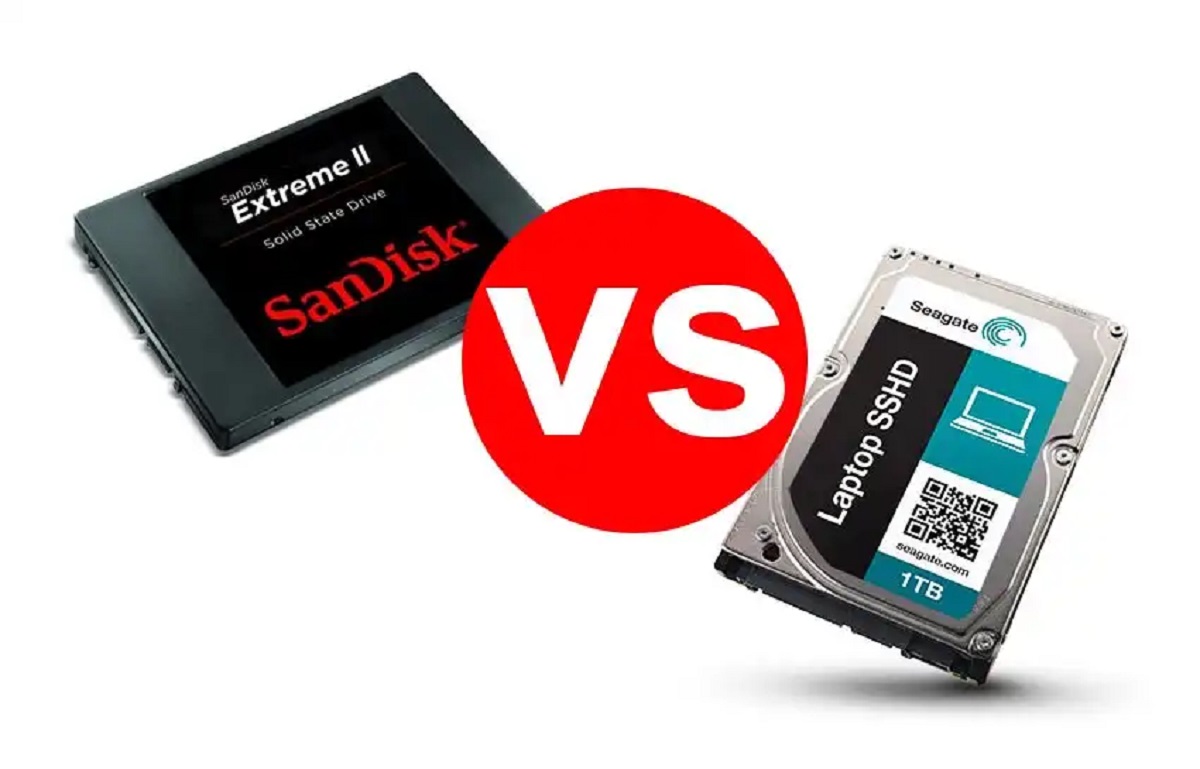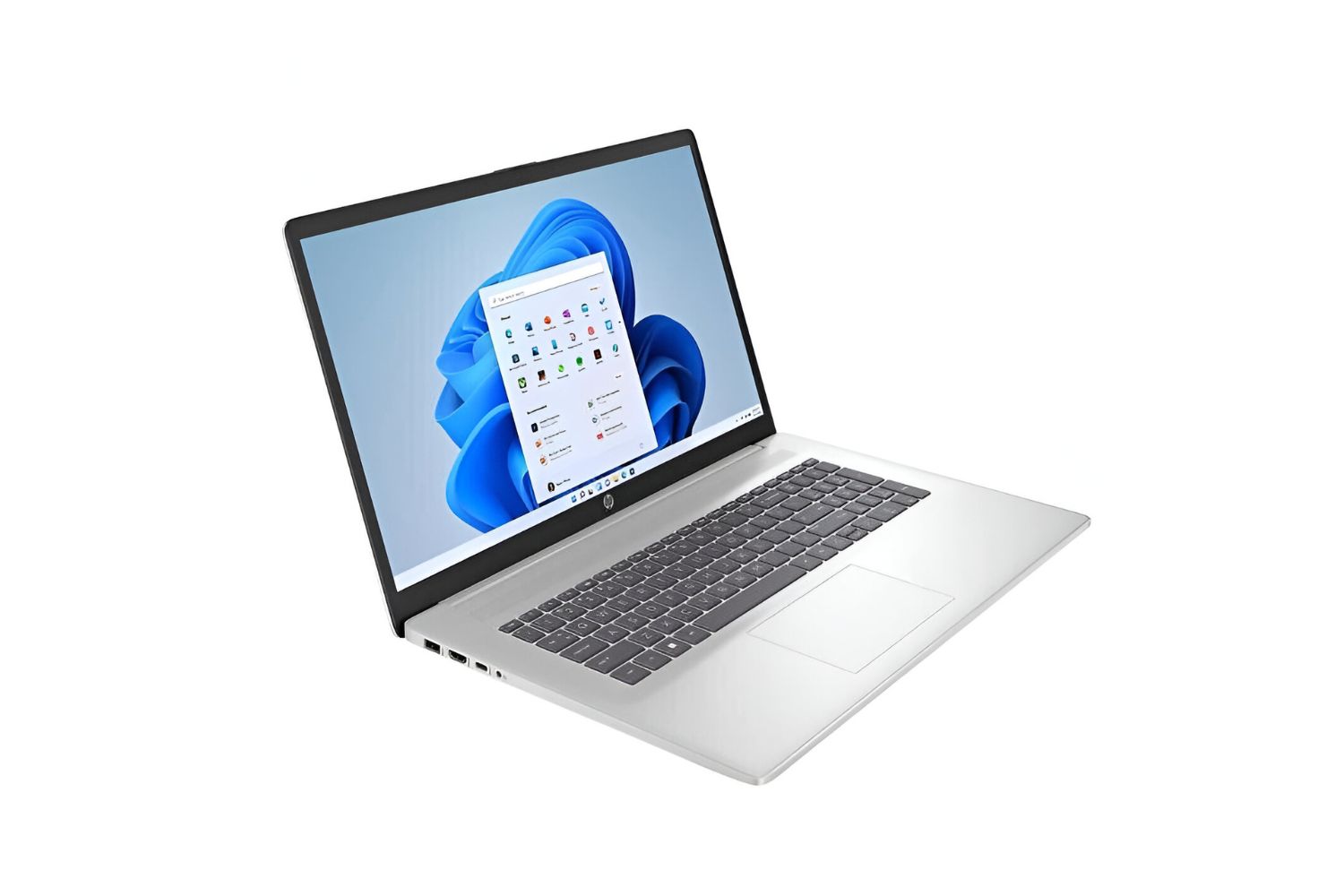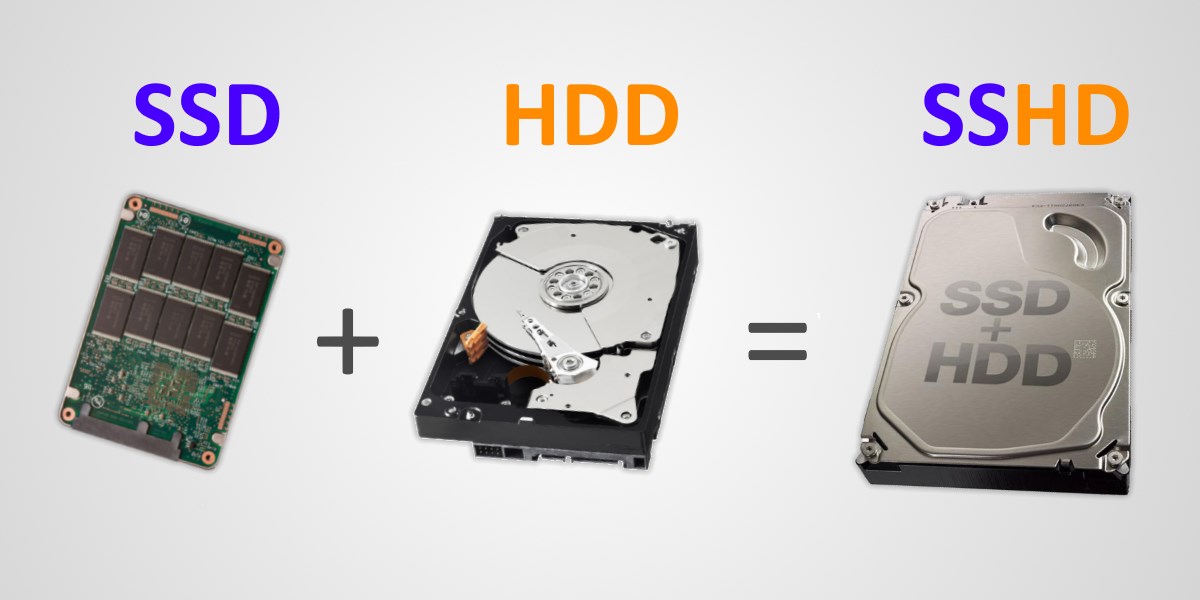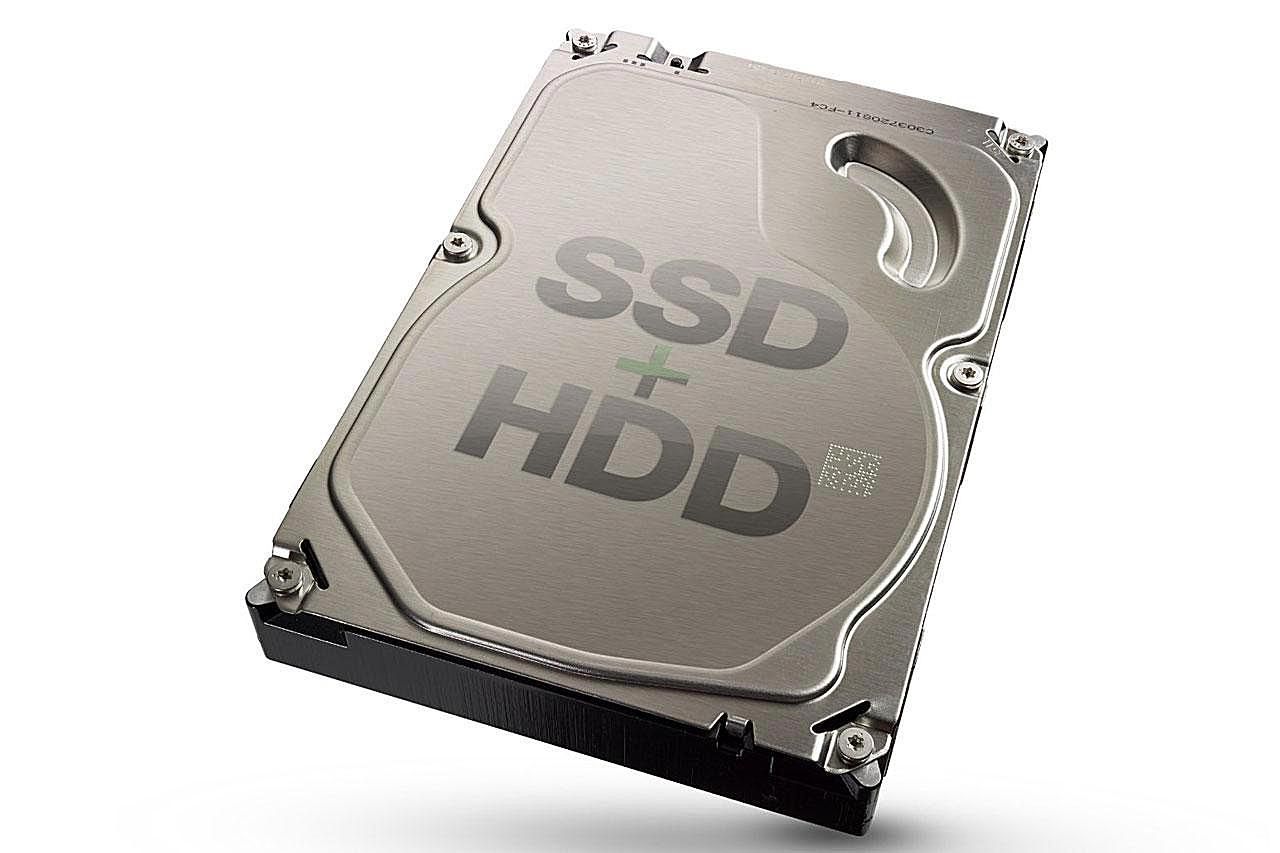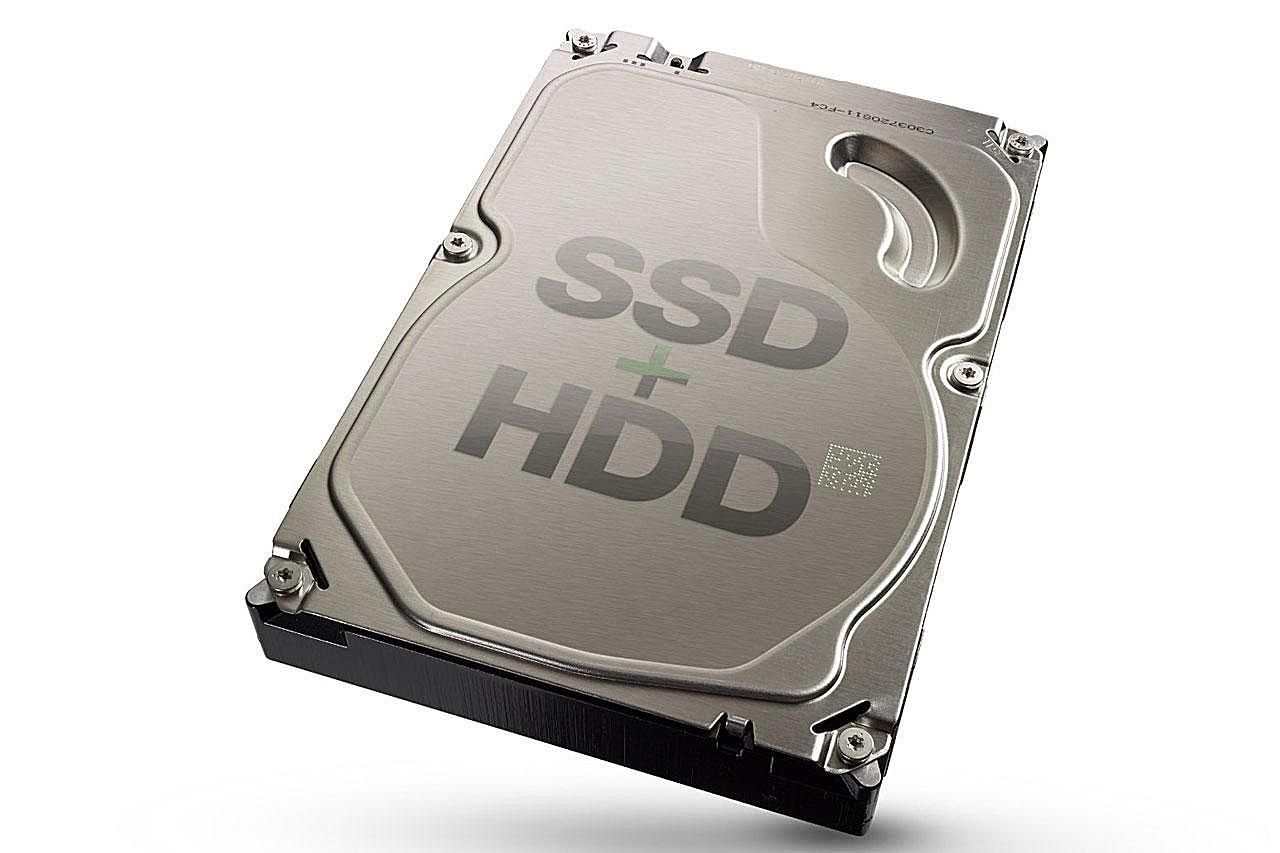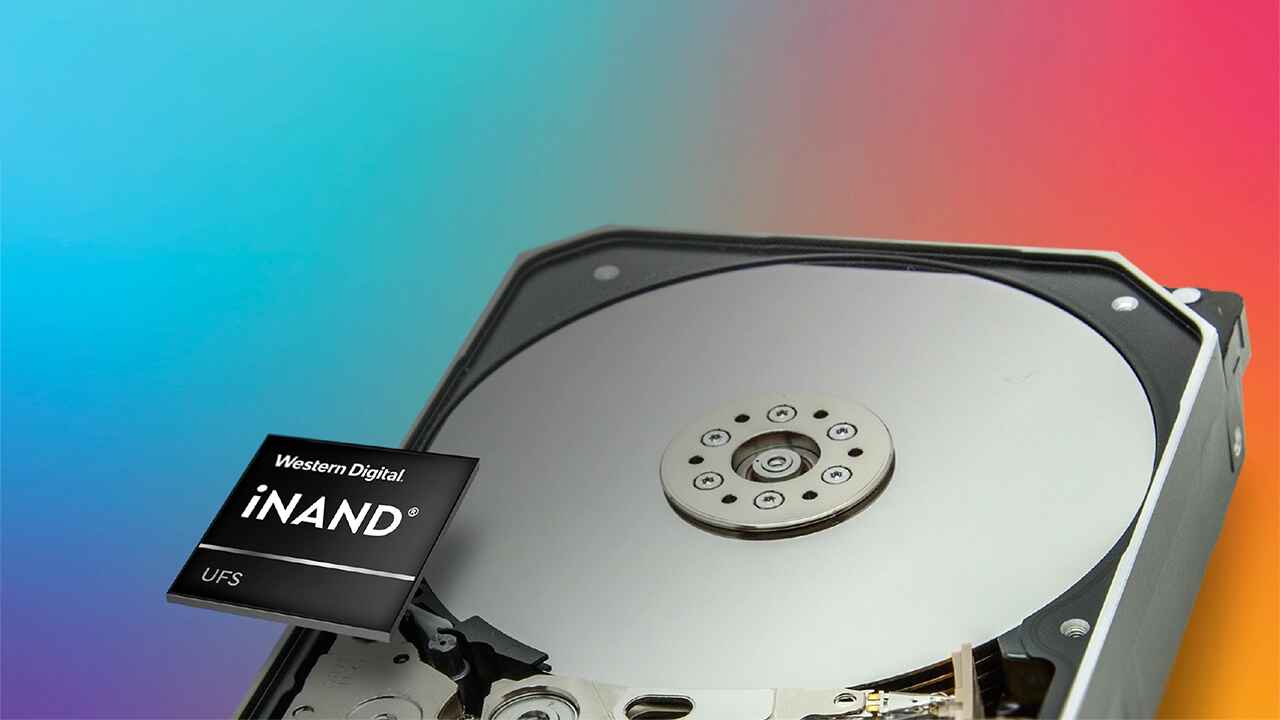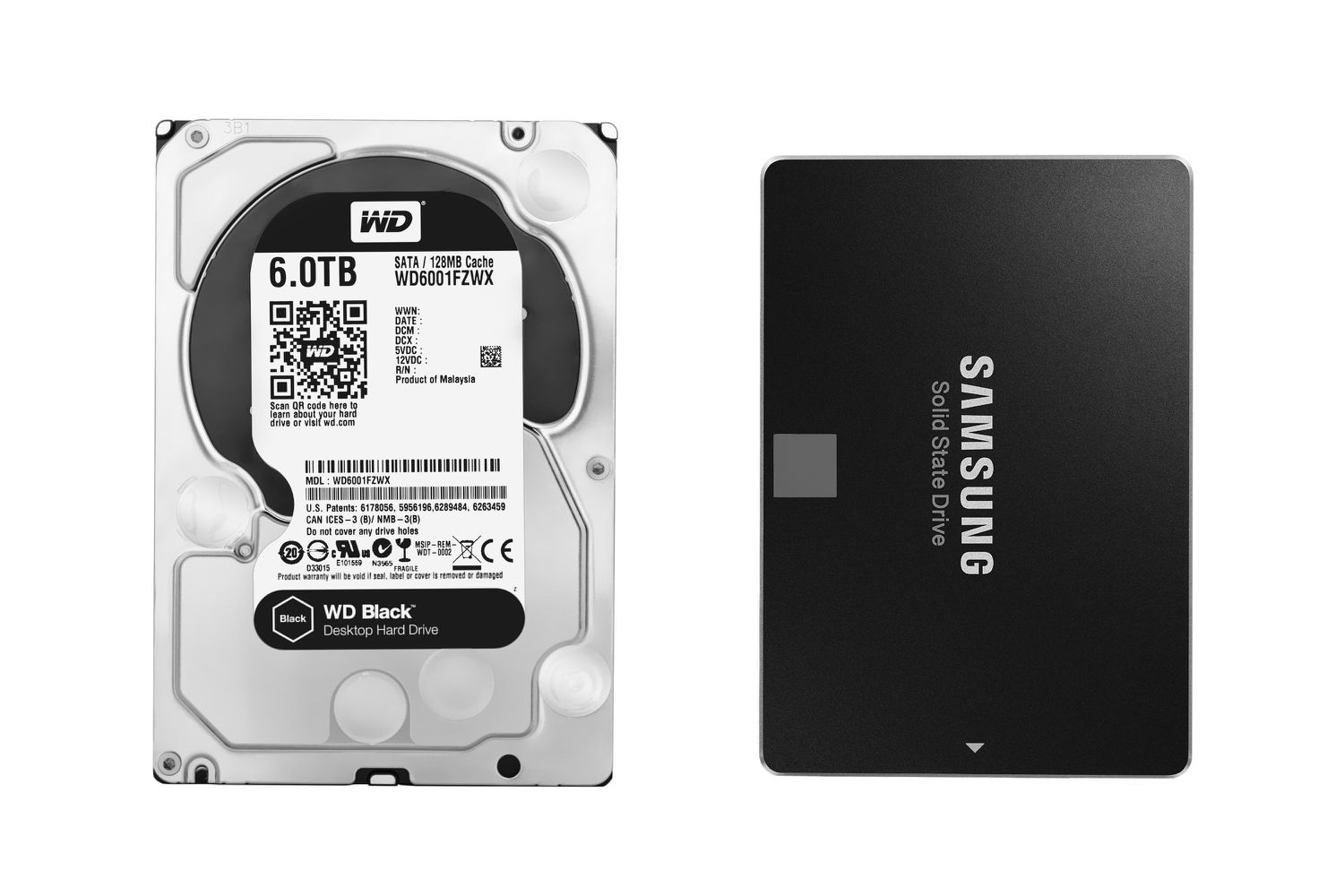Introduction
When it comes to choosing the right storage option for your computer or laptop, you may come across two popular choices: Solid State Drives (SSDs) and Hybrid Drives. Both of these options have their own advantages and disadvantages, so it’s important to understand the key differences between them before making a decision.
In this article, we will delve into the world of SSDs and Hybrid Drives and compare their performance, storage capacity, price, and power consumption. By the end of this article, you will have a clear understanding of which option best suits your needs.
Solid State Drives (SSDs) are relatively new storage devices that have gained significant popularity in recent years. Unlike traditional mechanical hard drives, SSDs use flash memory to store and retrieve data. This technology allows for much faster read and write speeds, resulting in quicker boot times and faster data transfer rates.
On the other hand, Hybrid Drives combine the best of both worlds by incorporating a traditional mechanical hard drive with a smaller SSD cache. This allows for a balance between speed and storage capacity. The SSD cache stores frequently accessed data, while the remaining data is stored on the mechanical hard drive.
Now that we have a basic understanding of what SSDs and Hybrid Drives are, let’s dive deeper into their differences in terms of performance, storage capacity, price, and power consumption.
What is a Solid State Drive (SSD)?
A Solid State Drive (SSD) is a type of storage device that has been steadily gaining popularity in recent years. Unlike traditional hard drives that use mechanical parts to read and write data, SSDs utilize flash memory to store and retrieve information. This cutting-edge technology allows for faster access times, reduced latency, and improved overall performance.
One of the major advantages of SSDs is their incredible speed. Since SSDs have no moving parts, they can access data almost instantaneously. This means that booting up your computer, launching applications, and transferring files can be done with remarkable efficiency. The absence of mechanical components also makes SSDs more resistant to physical damage and less prone to failure due to shock or vibration.
Another notable feature of SSDs is their compact size. Due to the absence of bulky mechanical parts, SSDs can be manufactured in smaller form factors, making them ideal for devices with limited physical space, such as ultrabooks and tablets. This smaller size also contributes to improved energy efficiency, allowing for longer battery life in portable devices.
Furthermore, SSDs consume less power compared to traditional hard drives. The lack of moving parts means that there is less power required to spin disks or move read/write heads, resulting in reduced energy consumption. This not only benefits users in terms of energy efficiency but also contributes to a greener and more environmentally friendly computing experience.
In terms of durability, SSDs have a significant advantage over traditional hard drives. Without any mechanical parts that can wear out over time, SSDs have a longer lifespan and are less susceptible to physical damage. This makes them a more reliable storage option for critical data and ensures that your valuable files are well-protected.
It’s important to note that while SSDs offer numerous benefits, they also have limitations. One limitation is their higher cost per gigabyte compared to traditional hard drives. However, as technology advances and production costs decrease, SSD prices have become more affordable in recent years.
Overall, Solid State Drives (SSDs) are a revolutionary leap forward in storage technology. Their speed, compact size, energy efficiency, durability, and improved performance make them a compelling choice for users who prioritize speed and reliability in their computing devices.
What is a Hybrid Drive?
A Hybrid Drive, also known as a Solid State Hybrid Drive (SSHD), combines the best features of both traditional hard drives and Solid State Drives (SSDs). It is a storage solution that incorporates a large-capacity hard drive with a smaller SSD cache. This combination allows for a balance between storage capacity and performance.
The key feature of a Hybrid Drive is its ability to intelligently manage data between the SSD cache and the traditional hard drive. The SSD cache stores frequently accessed data, while less frequently accessed data is stored on the larger hard drive. This caching system allows for faster retrieval of frequently used files, resulting in improved performance and responsiveness.
When a Hybrid Drive is used, the system automatically identifies commonly used files or applications and stores them in the SSD cache. This means that when you access these files or launch these applications, they are retrieved from the SSD cache, leading to faster load times. For less frequently accessed data, the system relies on the larger hard drive to provide ample storage capacity.
Hybrid Drives offer a cost-effective solution for users who require both storage capacity and improved performance. Compared to a standalone SSD, Hybrid Drives provide higher storage capacities at a lower cost per gigabyte. This makes them an attractive option for users who need ample storage space for their files and applications but still want improved performance for daily tasks.
Additionally, Hybrid Drives offer the convenience of plug-and-play installation. They can be easily installed and recognized by the system as a single drive, without requiring any additional software or drivers. This makes the transition from a traditional hard drive to a Hybrid Drive seamless and hassle-free.
It’s worth noting that while Hybrid Drives offer improved performance compared to traditional hard drives, they don’t match the speed and responsiveness of standalone SSDs. The SSD cache provides a significant boost in performance for frequently used files, but for tasks that require extensive data access, such as video editing or complex simulations, a standalone SSD is still the preferred choice.
In summary, a Hybrid Drive offers a balanced solution for users who require both storage capacity and improved performance. By combining an SSD cache and a traditional hard drive, Hybrid Drives deliver faster access times for frequently used files while still providing ample storage space for less frequently accessed data. They are a cost-effective option for users who prioritize performance without sacrificing storage capacity.
Performance
Performance is a crucial factor to consider when choosing between a Solid State Drive (SSD) and a Hybrid Drive. While both options offer improved performance compared to traditional mechanical hard drives, there are notable differences in their speed and responsiveness.
SSDs are known for their exceptional performance and speed. Since they don’t rely on mechanical parts to read and write data, SSDs can achieve significantly faster read and write speeds compared to traditional hard drives. This means that tasks such as booting up your computer, launching applications, and transferring files will be completed much faster with an SSD. Overall system responsiveness is also noticeably improved, resulting in a smoother and more efficient computing experience.
On the other hand, Hybrid Drives offer a combination of performance and storage capacity. The SSD cache in a Hybrid Drive allows for faster retrieval of frequently used files, resulting in improved performance for these specific files. However, for files that are not stored in the SSD cache, the performance will be similar to that of a traditional hard drive. This means that the overall performance of a Hybrid Drive may fall short of the speed and responsiveness achieved by a standalone SSD.
It’s important to note that the performance difference between SSDs and Hybrid Drives is most noticeable during tasks that involve reading or accessing large amounts of data. Sequential read and write speeds, such as copying large files or working with video editing software, will have a significant performance advantage with an SSD. However, for general computing tasks, web browsing, and everyday applications, the performance difference may not be as noticeable.
Ultimately, the choice between an SSD and a Hybrid Drive will depend on your specific needs and usage patterns. If you require optimal performance and prioritize speed above all else, then an SSD is the clear choice. On the other hand, if you need a balance between performance and storage capacity, and are willing to sacrifice some speed for increased storage space, then a Hybrid Drive might be the better option for you.
Storage Capacity
Storage capacity is a vital consideration when deciding between a Solid State Drive (SSD) and a Hybrid Drive. The storage capacity of a drive determines how much data you can store, including your files, applications, and operating system.
SSDs typically have lower storage capacities compared to traditional hard drives. This is due to the higher cost of flash memory used in SSDs. However, SSD storage capacities have been steadily increasing over the years, and it is now possible to find SSDs with capacities ranging from 120GB to several terabytes. These higher capacity SSDs are suitable for users who require ample storage space for their files and applications.
On the other hand, Hybrid Drives offer larger storage capacities compared to SSDs. They combine the capacity of a traditional mechanical hard drive with the SSD cache. This means that you can benefit from the larger storage capacities of traditional hard drives, ranging from hundreds of gigabytes to multiple terabytes, while still experiencing improved performance for frequently accessed files stored in the SSD cache.
The amount of SSD cache in a Hybrid Drive varies depending on the manufacturer and model. It can range from a few gigabytes up to several tens of gigabytes. While the SSD cache size is limited compared to the total storage capacity of the drive, it can still provide a substantial performance boost for frequently used files, applications, and operating system components.
When considering storage capacity, it’s essential to evaluate your specific needs. If you have a large collection of multimedia files, such as high-definition videos or a vast library of photos, a higher-capacity Hybrid Drive or a traditional hard drive would be a better option. However, if you primarily work with smaller files or have a smaller collection of data, an SSD with a lower storage capacity might suffice, especially if you prioritize speed and responsiveness.
It’s important to note that regardless of the storage capacity you select, it’s always advisable to have appropriate backup measures in place. Regularly backing up your files ensures that your data remains safe and accessible, even in the event of drive failure or data loss. External hard drives, cloud storage services, and network-attached storage (NAS) devices are effective options for backup solutions.
In summary, SSDs offer lower storage capacities but are constantly increasing in size, making them suitable for users who prioritize speed and performance. Hybrid Drives, on the other hand, provide larger storage capacities by combining the benefits of a traditional hard drive with an SSD cache for improved performance on frequently accessed files. Consider your storage needs and intended usage to determine whether capacity or speed is more important for your computing requirements.
Price
Price is an important factor to consider when deciding between a Solid State Drive (SSD) and a Hybrid Drive. The cost of storage devices can vary significantly based on the type of drive and its storage capacity.
SSDs, especially when compared to traditional hard drives, tend to be more expensive. This is primarily due to the higher cost of manufacturing flash memory compared to the mechanical components used in traditional hard drives. As a result, SSDs generally have a higher cost per gigabyte of storage. However, it’s worth noting that the prices of SSDs have been steadily decreasing over the years, making them more affordable and accessible to a broader range of users.
Hybrid Drives, on the other hand, offer a cost-effective solution that balances performance and storage capacity. The combination of a traditional hard drive and an SSD cache allows for larger storage capacities at a more affordable price per gigabyte compared to standalone SSDs. This makes Hybrid Drives a compelling choice for users who require ample storage space without breaking the bank.
When considering the price of a drive, it’s important to assess your specific needs and budget. If you prioritize speed and performance and have a higher budget, investing in an SSD can provide a noticeable improvement in overall system responsiveness. However, if you have a limited budget or need a larger storage capacity, a Hybrid Drive offers a cost-effective compromise between performance and storage space.
It’s also worth considering that the cost of storage devices can vary based on the brand, model, and specific features offered. It’s recommended to do thorough research and compare prices from different manufacturers to make an informed decision. Additionally, keep an eye out for promotional offers, discounts, or sales events, as you may be able to find SSDs or Hybrid Drives at more affordable prices during these periods.
Lastly, when considering the price of a drive, it’s important to also factor in the value and importance of your data. Investing in a reliable and high-quality storage device, whether it’s an SSD or a Hybrid Drive, ensures the safety and accessibility of your files, applications, and operating system.
In summary, SSDs tend to be more expensive compared to traditional hard drives, although their prices have been decreasing over time. Hybrid Drives offer a more affordable option in terms of cost per gigabyte, providing a balance between performance and storage capacity. Assess your specific needs, budget, and priorities to determine which option provides the best value for your computing requirements.
Power Consumption
Power consumption is an essential consideration when choosing between a Solid State Drive (SSD) and a Hybrid Drive, especially for users who prioritize energy efficiency or rely on portable devices with limited battery life.
One of the significant advantages of SSDs is their low power consumption. Unlike traditional hard drives with spinning disks and moving parts, SSDs have no mechanical components that require power to operate. As a result, SSDs consume significantly less power during both idle and active states. This translates to longer battery life for laptops, tablets, and other portable devices, making SSDs an appealing choice for users on the go.
Hybrid Drives also offer relatively lower power consumption when compared to traditional hard drives. Although the SSD cache in a Hybrid Drive consumes some power, it is still considerably less than the power required to spin the disks and move the read/write heads of a traditional hard drive. Hybrid Drives strike a balance between storage capacity and power efficiency, making them suitable for users who desire better performance while still aiming to conserve power.
The power efficiency of SSDs and Hybrid Drives not only positively impacts battery life but also contributes to a greener and more environmentally friendly computing experience. Reduced power consumption means less wasted energy and a smaller carbon footprint. By opting for an SSD or a Hybrid Drive, users can reduce their overall energy consumption and contribute to a more sustainable future.
It’s worth noting that power consumption can vary between different SSD and Hybrid Drive models, as well as different usage scenarios. Factors such as the manufacturing process, power management features, and drive efficiency can influence the power consumption of a storage device. Therefore, it is essential to consider the power efficiency specifications provided by manufacturers or consult reliable reviews to make an informed decision.
In summary, SSDs have a clear advantage in terms of power consumption due to their lack of mechanical parts, resulting in longer battery life for portable devices and a reduced environmental impact. Hybrid Drives offer a compromise between performance and power efficiency, consuming less power compared to traditional hard drives. Consider your power consumption priorities, usage patterns, and environmental aspirations to determine which option aligns best with your needs.
Conclusion
Choosing between a Solid State Drive (SSD) and a Hybrid Drive involves considering several crucial factors, including performance, storage capacity, price, power consumption, and your specific needs and priorities. Both options offer advantages and disadvantages, so it’s essential to weigh these factors before making a decision.
If speed and performance are your top priorities, then an SSD is the clear winner. SSDs offer exceptional read/write speeds, resulting in faster boot times, quicker application launches, and overall snappier performance. They are also more durable, energy-efficient, and resistant to physical damage compared to traditional hard drives. However, SSDs usually come with higher cost per gigabyte and may offer lower storage capacities.
Alternatively, if you require a balance between performance and storage capacity, a Hybrid Drive may be the ideal choice. Hybrid Drives combine the benefits of a traditional hard drive and an SSD cache, offering faster access to frequently used files and larger storage capacities at a more affordable price per gigabyte. Hybrid Drives are a cost-effective solution for users who require ample storage space without sacrificing performance significantly.
It’s also worth considering your power consumption needs. SSDs consume less power, resulting in longer battery life for portable devices and a reduced environmental impact. Hybrid Drives, while not as power-efficient as SSDs, still offer lower power consumption compared to traditional hard drives.
Additionally, price is an important factor, and it’s crucial to assess your budget and determine the cost per gigabyte that fits your needs. SSDs are generally more expensive compared to traditional hard drives but have become more affordable over time. Hybrid Drives offer a more cost-effective solution, combining storage capacity with improved performance.
In summary, when choosing between an SSD and a Hybrid Drive, consider your priorities in terms of speed, storage capacity, price, and power consumption. Analyze your specific needs and usage patterns to determine which option aligns best with your requirements. Whether you prioritize performance, value storage capacity, or desire a balance between the two, both SSDs and Hybrid Drives offer significant advantages over traditional hard drives, upgrading your computing experience to new heights.







